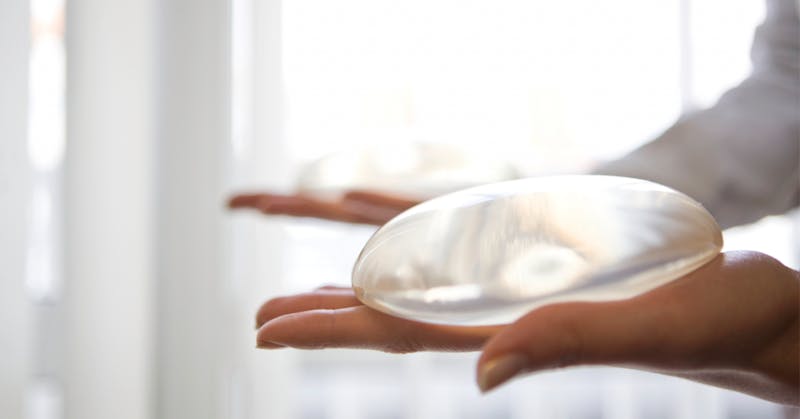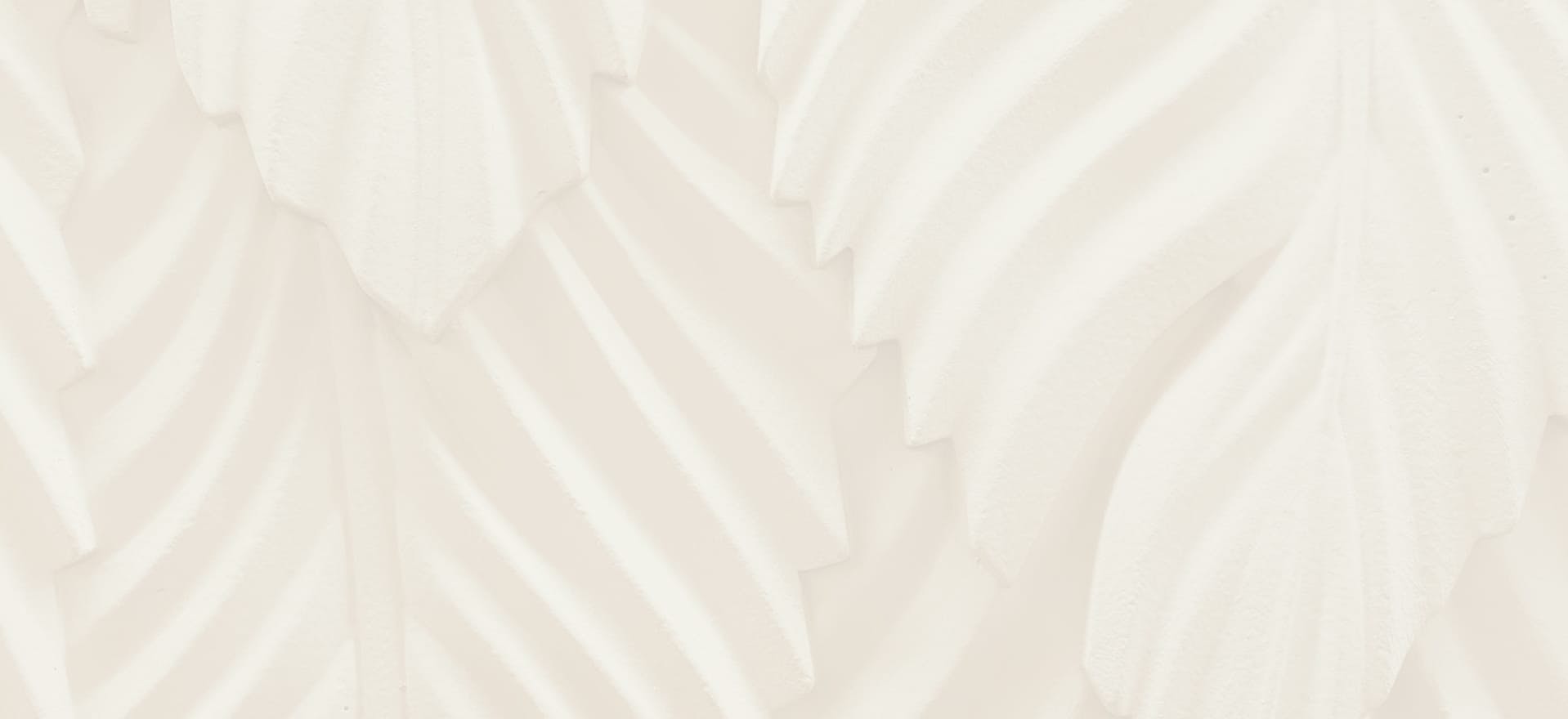
Like any other medical device, breast implants are constantly being refined and improved to keep up with technological advancements and the changing needs of consumers. While it may seem like the saline and silicone standbys we know today have always been there, that really isn’t the case. In this blog post, I want to take a deeper look at the evolution of silicone breast implants, the more popular option among my breast augmentation patients here in Portland.
Silicone breast implants were first introduced back in the 60s, and they looked a lot different than the ones we use today. Each of these implants consisted of a thick shell that contained a very viscous gel substance. The gel was so firm, in fact, that patients were often unhappy with how visible and obvious the implants looked. Over time, researchers responded to the desires of patients, adjusting the implants to minimize the thickness of the outer shell and improve the consistency of the gel, in an attempt to more closely match natural breast tissue.
Today’s silicone implants are available in a variety of models, most notably cohesive and highly-cohesive silicone gel. Different shapes, outer textures, and other options are available, too, allowing the breast augmentation procedure to be personalized for every woman.
While the overall goal has been to match the look and feel of natural breasts, safety also plays a big role in the development of new implants. The implants available today have been extensively studied and evaluated, often over the course of years, ensuring that they’re safe in the short- and the long-term. One of the leading implant manufacturers, Mentor®, has spearheaded these efforts, studying more than 200,000 patients who have had silicone implants.
My Portland breast augmentation patients have many reasons for choosing silicone over saline, but most cite the beautiful results they can create as well as their measurable safety record and continuing development.


